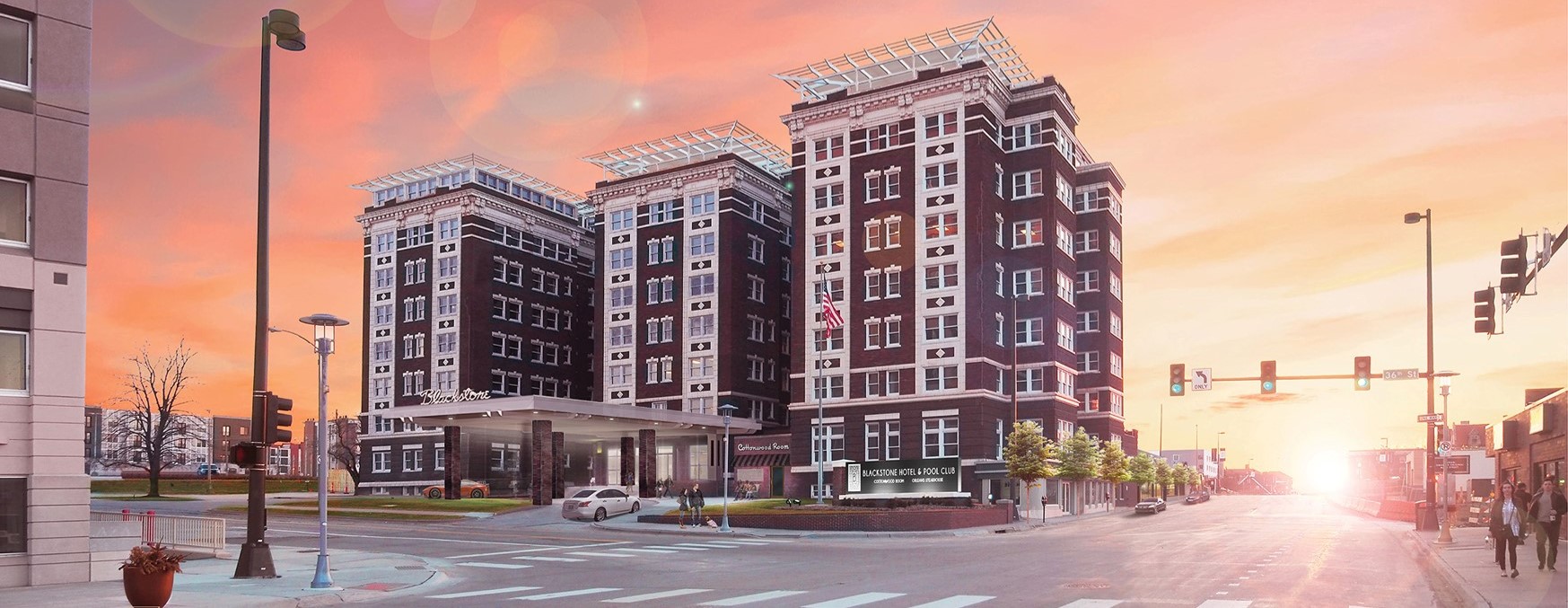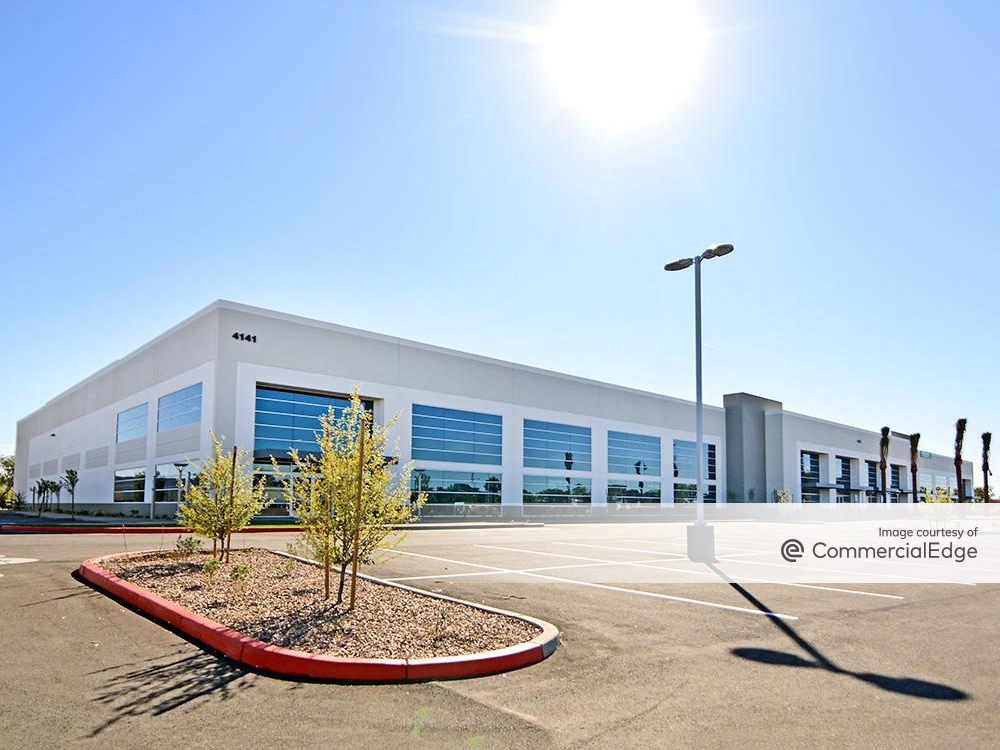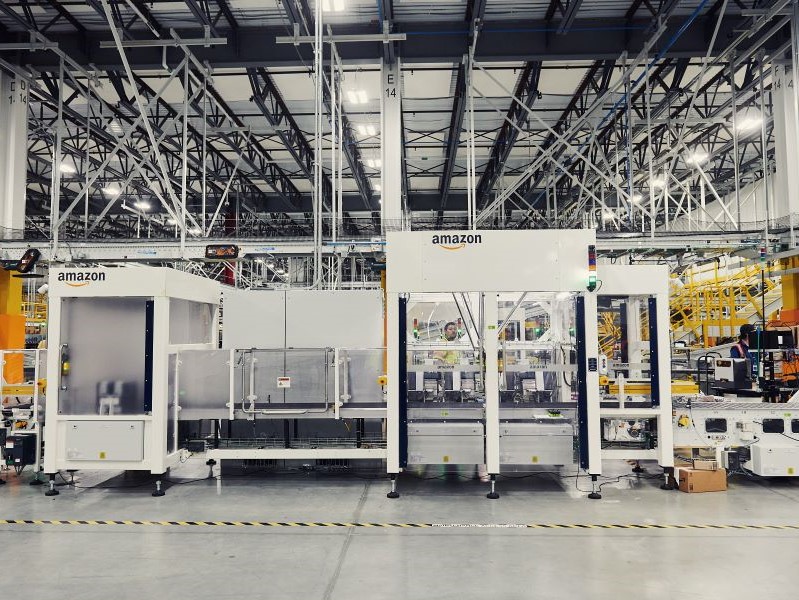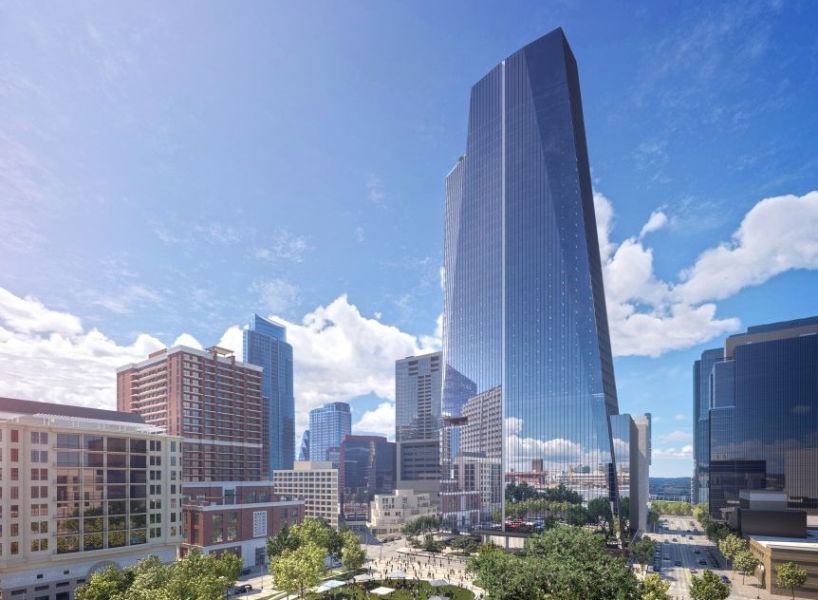Omaha’s Blackstone Hotel: The Resurrection of a Landmark
Built at the beginning of last century, the hotel quickly became the epicenter of the city’s social scene. Lever Energy Capital CEO Mark Boyer reveals details about the revival of the iconic building.
 The century-old Blackstone Hotel in midtown Omaha, Neb., is being resurrected to its initial glory through a $75 million restoration, overseen by two local developers—GreenSlate Development and Clarity Development Co. Nearly $5 million of the funds are provided by Lever Energy Capital, in partnership with PACE Sage Capital, a regional PACE originator. The hotel reconversion represents the sixth collaboration between the two developers, responsible for much of the revitalization within the Blackstone District in the past few years.
The century-old Blackstone Hotel in midtown Omaha, Neb., is being resurrected to its initial glory through a $75 million restoration, overseen by two local developers—GreenSlate Development and Clarity Development Co. Nearly $5 million of the funds are provided by Lever Energy Capital, in partnership with PACE Sage Capital, a regional PACE originator. The hotel reconversion represents the sixth collaboration between the two developers, responsible for much of the revitalization within the Blackstone District in the past few years.
The historic hotel was built at the beginning of the 20th century at 302 S. 36th St., and soon ranked among Omaha’s crown jewels. Through the 1970s, the property was quite successful among small hotels in the country and caught the attention of Radisson Hotel Corp., which acquired and operated it until 1976. Eight years later, the hotel was converted into offices and renamed Blackstone Center.
According to officials, the redevelopment project plan is Tax Increment Financing-eligible because it would add to the city’s urban core and return a historic property to its original grandeur, while also creating 143 jobs, 113 of them full-time. The project is the first to include three different funding sources—TIF, PACE and “enhanced employment area” occupation taxes. In addition, the project also includes historic tax credits and state new market tax credits. Lever CEO Mark Boyer spoke about the project and shared insights on green financing and planned sustainable features.
Can you take us through some of the former hotel’s key stages?
Boyer: Constructed in 1916, the Blackstone Hotel reigned as Omaha’s most prestigious luxury hotel for the better part of the 20th century. The hotel was not only a destination for the biggest celebrities and dignitaries such as Bob Hope, Jimmy Stewart and Eleanor Roosevelt, but was also the epicenter of Omaha’s social scene with its elegant top-floor ballroom, pristine rooftop gardens and one of the most prominent and awarded restaurants in the U.S.—The Orleans Room—and an iconic lower level bar—The Cottonwood Room. It was reportedly the birthplace of the Reuben sandwich in 1925.
After a near century as the Grand Dame of Omaha hotels, the Blackstone Hotel closed in 1976 and was converted to office use in 1984. Most recently, the Kiewit Corp. had been utilizing the building since 2007, but in 2017, Kiewit sought out the Clarity Development Co. and Green Slate Development teams and agreed to sell the hotel to be revamped and reopened.
The reconversion project includes a 46,000-square-foot expansion. Would you share more details about the hotel’s designed layout?
Boyer: On a 1.9-acre site, the property will consist of a single, eight-story 110,000-square-foot building—which already exists—and a new three-story, 46,000-square-foot western annex. The reconversion will result in a total of 205 hotel rooms, multiple restaurants, cocktail lounge, conference center, ballrooms, pool and fitness center.
The revamped Blackstone property will include parking located around the building, along with a surface lot located west of the site. The property’s main entrance will lead directly into the lobby, with the ground floor public areas and the back-of-the-house space. The hotel’s guestrooms are planned to be located on the second through eighth floors. All site and building improvements are expected to meet the standards of an upscale hotel brand and are anticipated to exceed the Omaha market standard.
Wellness is a major trend driving the hospitality industry. How does the development team plan to include it in the upgraded Blackstone Hotel?
Boyer: The hotel will include a high-end fitness center and pool area for guests to enjoy. Group activities and events may also be planned to center around fitness and community. Furthermore, the restaurants at the hotel will offer selections of food made with high-quality and healthy ingredients.
What role does technology play in reshaping modern luxury spaces?
Boyer: Technology plays a significant role in reshaping today’s luxury spaces. Guests expect technologically advanced features and amenities in their rooms, such as plugs for every personal gadget and smart technology controlling lighting and air conditioning. On the other hand, shared spaces such as lobbies have increasingly become multi-use public spaces with bars, restaurants, tech-lounges and business centers offering free Wi-Fi that optimizes the guests’ professional and social experience.
Often times, these amenities increase electricity demand for the building, resulting in higher utility costs for the owner. The efficiency upgrades that qualify under C-PACE help levelize additional energy costs, allowing the building owner to offer high-tech amenities without bearing the full operating costs associated with them.
In addition to the guest experience, how do you redesign a property to also reap financial benefits for developers?
Boyer: Commonplace upgrades to building facilities—such as the lighting, heating and cooling units, windows and building controls being upgraded at the Blackstone Hotel—can make a building significantly more energy-efficient, translating to savings on utility bills. Water efficient fixtures and features can also translate to savings for the property owner. “Greening” a building can substantially lower the operating costs of a building.
 Please give us some examples of sustainable, energy features planned for the Blackstone Hotel project.
Please give us some examples of sustainable, energy features planned for the Blackstone Hotel project.
Boyer: Lever’s C-PACE funds will provide capital behind sustainable upgrades that are expected to generate $116,000 in annual utility savings, along with over $4.1 million in total utility savings over the financing 23-year term. The savings and revenue associated with Lever’s C-PACE financing will pay for and ultimately exceed the financing payments, increasing the property’s value by an estimated $1.5 million.
The building will be retrofitted with lighting, heating and cooling units, windows and building controls. Although these are common features, buildings receiving these upgrades will be significantly more efficient.
The renewable energy market is booming in recent years. How do you see this impacting the hospitality sector?
Boyer: Across all industries, customers are putting more of an emphasis on sustainability and environmental products, experiences and properties. Our team sees the renewable energy and sustainability trend as a practice that will only become more prevalent within the hospitality sector.
There are two main branches to this belief. For starters, green hotels are attracting more customers because of increasing concerns regarding consumer wellness and up-to-date technological amenities. On the other hand, hotel and commercial property owners are saving big on utility bills from the sustainable retrofits, returning large profits back to their bottom line, increasing cash flow, improving net operating income and optimizing asset value.
By upgrading a building with renewable energy or newly developing a building with renewable energy, many property owners and developers can even assess a “hotel green fee” when they finance these improvements with PACE, significantly adding to their property’s bottom line. From a financial standpoint, the question is why this hospitality trend hasn’t climbed to even more substantial rates.









You must be logged in to post a comment.